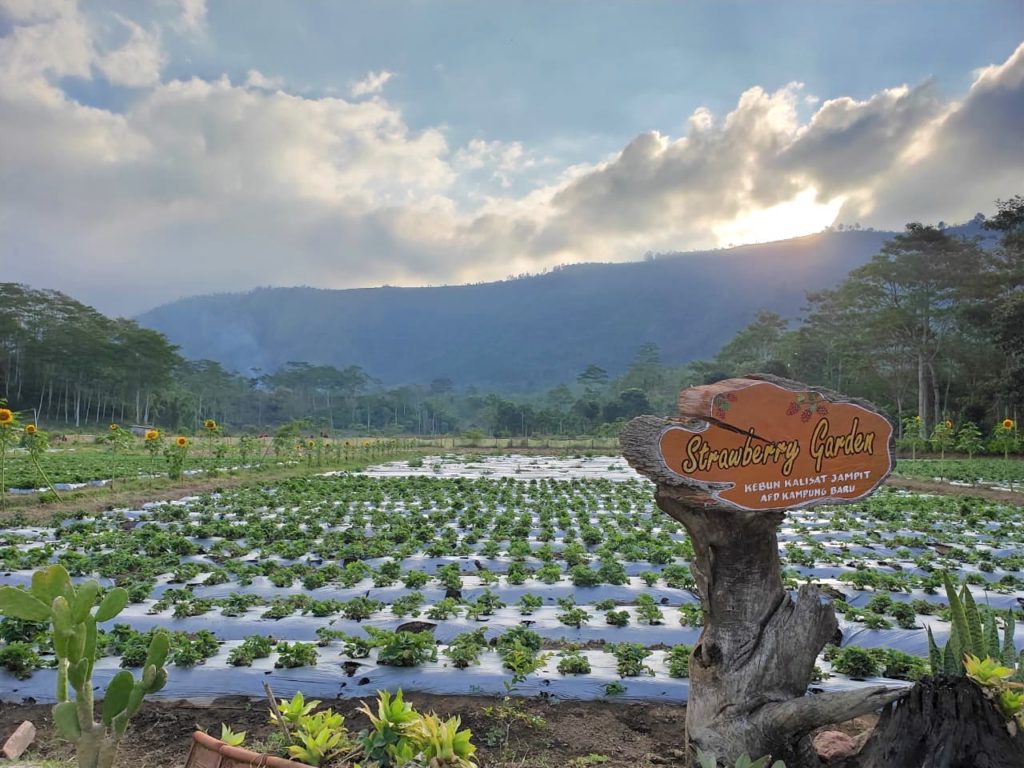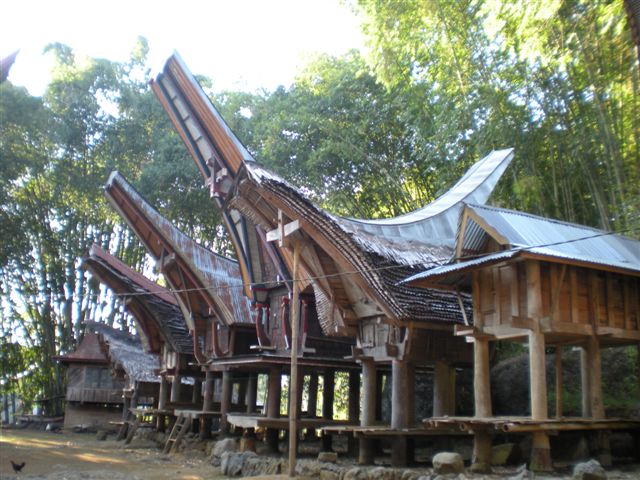No one needs convincing about the appeal of Indonesia’s coffees—or of how synonymous this origin is with coffee. (Java, anyone?) But in case you could use a little help selecting between its extensive offerings, we’ve put together some quick island summaries and coffee one-liners.
Our Indonesia offerings represent regions, farms and individuals. And from the country celebrated for giling basah (or, wet hulled, in the Bahasa language), we even have a honey-processed option. Three things all these coffees do have in common, though, is that they were carefully processed by trusted partners, are fully traceable and are fantastic values. And of course, they’re all delicious!
We hope you’re encouraged to learn more about Indonesia—and to find the cup that’s right for you.
Sumatra
Sumatra is the second largest of Indonesia’s more than 17,000 islands.
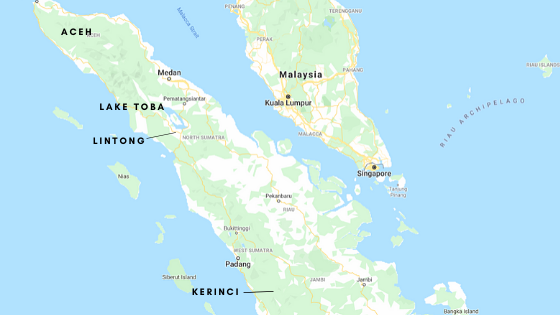
Its best-known coffee areas include Aceh, its most northern region; Lake Toba, farther south in the North Sumatra region and below the capital city of Medan; Batak, in northwestern Sumatra, near the shores of Lake Toba; Lintong, at the southwestern edge of Lake Toba; and Kerinci, at the southern border of the West Sumatra region. (Mount Kerinci, the focal point of Kerinci, is the highest of Indonesia’s 400 or so volcanoes.)
In Aceh, the Leuser mountains — said to host one of the world’s richest and most ancient ecosystems — run from the Gayo highlands, down and south through Batak. Mandheling coffees (named after the Mandailing people, but spelled differently) are grown on the slopes of Mount Leuser, in soil that’s mineral-rich from volcanic ash.
The classic “Sumatra” cup profile—earthy, fruity, herbal and creamy—is the result of Giling Basah, a processing method specific to Indonesia. Coffee is dried to 50 percent (versus the more common 10 or 12 percent) and then hulled and bagged and stored to rest. Elsewhere, hulling typically happens after the coffee has rested and just before it’s sent to the port.
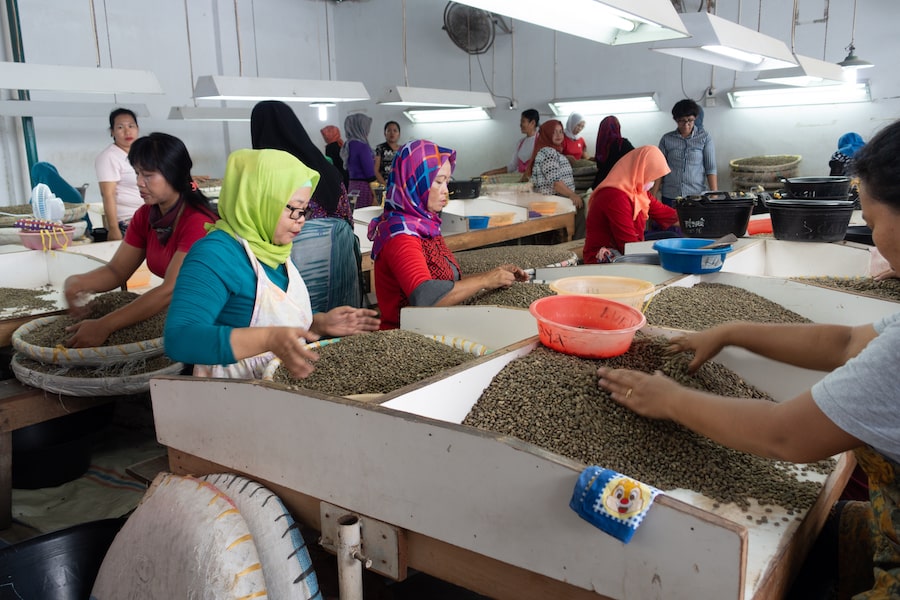
InterAmerican’s Sumatra Organic being sorted at the CV Harapan Bersama mill, which works with the Mahara cooperative.
Sumatra G1 TP Organic Lemon, cedar, clean earth; bright, citric acidity.
From Mahara, a vibrant, young cooperative with 460 Organic-certified members.
NJ 300+ bags, Nola 9, Annex 176, Green Room 23
Sumatra Mandheling G1 TP Herbal, cedar, chocolate, spice; creamy and bright.
From the Batak area of Aceh. TP means triple-picked (versus double), for a higher-quality cup.
NJ 185 bags, Nola 63, Houston 300+, Annex 300+, Green Room 282
Sumatra Mandheling Fairtrade Organic Cedar, spicy, chocolate; winey acidity.
This supplier invests its certification premiums in environmental education and women’s empowerment programs.
NJ 300+ bags; Nola 1; Houston 10; Annex 201; Green Room 1
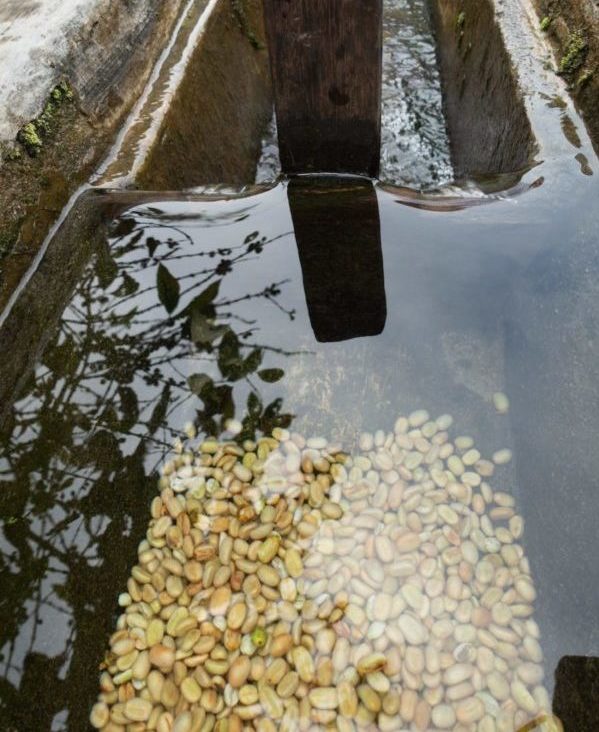
Gravity-based water-flow canals are extremely rare in Indonesia. Producer Pak Guru built his own canal, to produce his Haragold Organic.
Sumatra Haragold Organic Stone fruit, tropical, chocolate; complex, smooth body.
One of the most exciting microlots of the year, from a single, fastidious producer in the Mahara co-op.
Sumatra Kerinci G1 Tropical, peach, earthy; creamy body, lively acidity.
From AgroTropic, a progressive group founded by conservationist Pak Suki Anto.
Sumatra Kerinci Honey Pomegranate, earthy, sweet tobacco; creamy body, bright acidity.
AgroTropic has an enormous greenhouse in which it dries coffees on raised beds and can experiment with different processes.
Sumatra Lintong G1 TP Cherry, lemon, grapefruit, cedar; juicy acidity.
Lintongs are distinct from other Sumatras, with their exceptionally bright acidity.
Java
Java is Indonesia’s fifth-largest island. It’s dotted with volcanos and home to more than half of the entire country’s population. Java also has a few large estates that were established under Dutch colonial rule. They’re optimally situated high on the Ijen Plateau and today are state run. (The Jampit Estate, for example, hosts programs that focus on plant healing and business benchmarking, and includes a cupping room, strawberry farm and guest house.)
Most coffee on Java is grown on its eastern end, around the Ijen volcano, and is harvested between July and September. More recently, Arabica has been planted in West and Central Java, and production is increasing each year.
Java Kayumas Estate AWP1 Peach, lime; crisp and clean; bright acidity.
From one of the original, Dutch-established estates still revered for its production quality.
Java Blawan Estate Cinnamon, chocolate, sweet tobacco; balanced and smooth.
From another of the five major estates on Java, on the Ijen Plateau.
Java Jampit Estate AWP1 Chocolate, soft lemon, vanilla; light acidity, smooth body.
Our third estate coffee, fermented for 36 hours, dried with 8% of fruit on the bean.
Sulawesi
Sulawesi has four long peninsulas that radiate from its mountainous center. Most Arabica is grown around Tana Toraja, home of the Toraja people (who are fabled to be the descendants of divine beings who arrived on this outrageously gorgeous island via a stairway from heaven). Toraja communities are instantly recognizable by their distinctive peaked-roof houses (tongkonan) and wood carvings.
Sulawesi Toraja Sapan Minanga TP G1 Chocolate, strawberry, earthy; citric acidity, smooth.
One of the most celebrated coffees on Sulawesi, with only about 60,000 bags per harvest.
Have questions? Please drop us a line at traders.iacus@nkg.coffee. •
